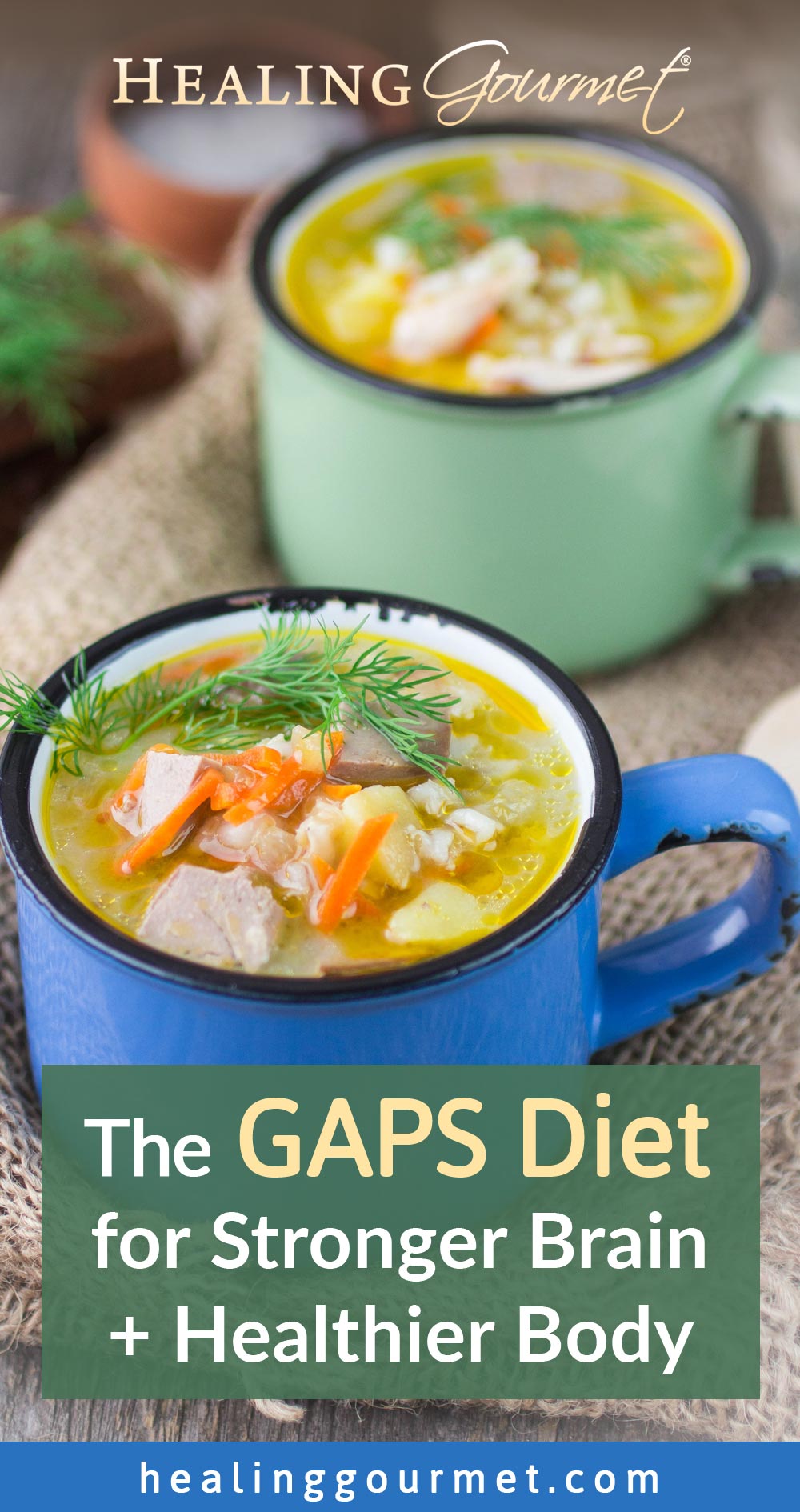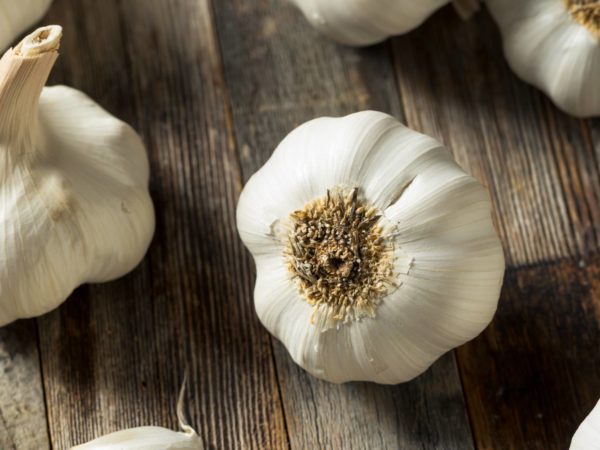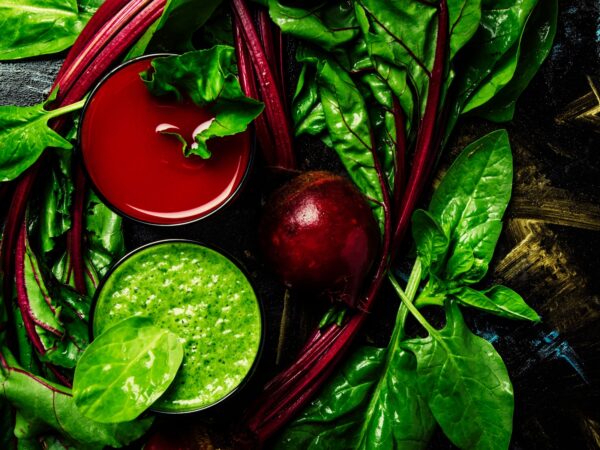GAPS: A Healing Diet for Body and Mind
Our modern world is awash in chemicals and food-like substances that wreak havoc on your health. While these compounds can adversely affect any system in the body, it is often your gut where the greatest impact occurs. And when your gut is disturbed, the problems you experience are not only digestive… it can also affect your brain.
In recent years, the gut has been called the “second brain” due to its unique relationship to cerebral health. It is also understood that over 70% of your immune system resides or is produced in the gut. This is thanks to a diverse population of organisms (or flora) and the gut associated lymphoid tissue (GALT) that mediates immune response. Even conventional medicine now recognizes that a healthy body and brain are dependent on a healthy gut.
Gut & Psychology: Build a Stronger Brain with a Healthy Gut
Long before these ideas were mainstream, Dr. Natasha Campbell-McBride, MD made the connection. In her book, Gut and Psychology Syndrome: Natural Treatment for Autism, ADHD/ADD, Dyslexia, Dyspraxia, Depression and Schizophrenia, she shows that many physical and neurological disorders can be attributed to dysbiosis – or an unhealthy imbalance – in the gut.
But how?
As we deviate from our ancestral diet, the symbiotic relationships between microorganisms in our gut change. These changes can cause the population of healthy and beneficial microbes to decline while harmful and pathogenic bacteria proliferate. The combination of dysbiosis in the microbiome, chronic inflammation in the gut and irritants from our modern diet, can cause tiny perforations in the sensitive lining of the gut.
The resulting “leaky gut” allows harmful microbes, food and fecal particles and other toxins to enter the bloodstream. These compounds can cause a host of inflammatory and allergenic responses throughout the body and lead to dysfunction and disease.
So how do you seal and heal the gut and restore a healthy microbial balance?
Getting Started with the GAPS Diet
Dr. McBride has created a safe and effective protocol, designed to provide the body with an array of healing nutrients and flora-friendly foods while eliminating potential irritants. The protocol is broken into six phases, each lasting three to five days.
Here is an overview of the protocol and what to expect:
Stage 1: In this phase, the focus is on nutrient-rich and easy-to-digest meat stock. This allows the gut to heal as it is not taxed with by breaking down foods.
Stage 2: In this phase, raw, organic egg yolks are added to meat stocks to provide additional nutrients for repair. Animal fats from pasture-raised animals – like tallow and lard – are especially important at this time to seal and heal the gut. These healthy fats also provide a concentrated source of energy.
Stage 3: Onions cooked in grass-fed fat (great immunity-boosters) and avocados are added at this time. Probiotics should be taken before meals to help restore healthy gut flora.
Stage 4: Grass-fed burgers, roasted pastured chicken and wild fish are added in this stage, as well as sautéed mushrooms and caramelized onions. The juice of organic vegetables is also introduced at this time.
Stage 5: As the gut lining strengthens and your ability to digest improves, foods that are more difficult to digest are introduced, including apples cooked in coconut oil or ghee and raw veggies.
Stage 6: Raw fruits and GAPS-approved desserts (like cinnamon baked apples and coconut macaroons) are allowed in this final phase of the Introduction Diet.
Is The GAPS Diet Right for You?
Thousands of people have found significant relief from the GAPS diet. If you try the introductory diet and notice you’re feeling better, following the Full GAPS diet (which lasts for at least two years) could be a beneficial next step to improve your overall health.
Have you tried the GAPS diet? If so, what was your experience?





Hi Kelley I would love some breakfast ideas if you could. Shear some ideas with me and love some desserts ideas thanks so much